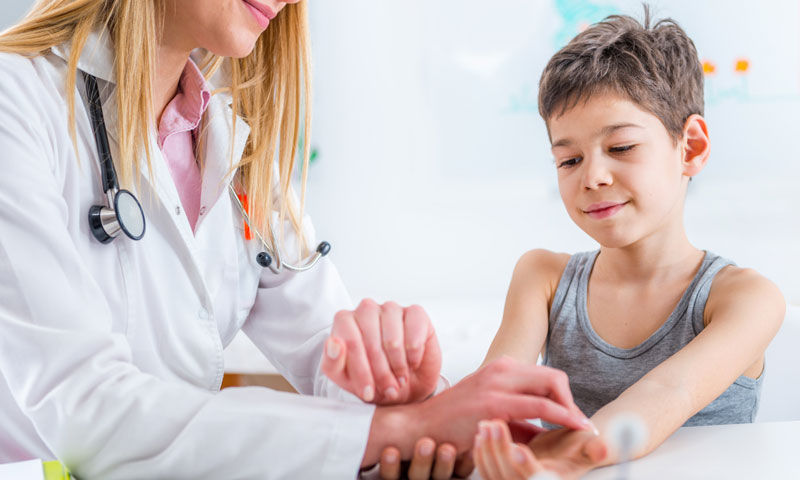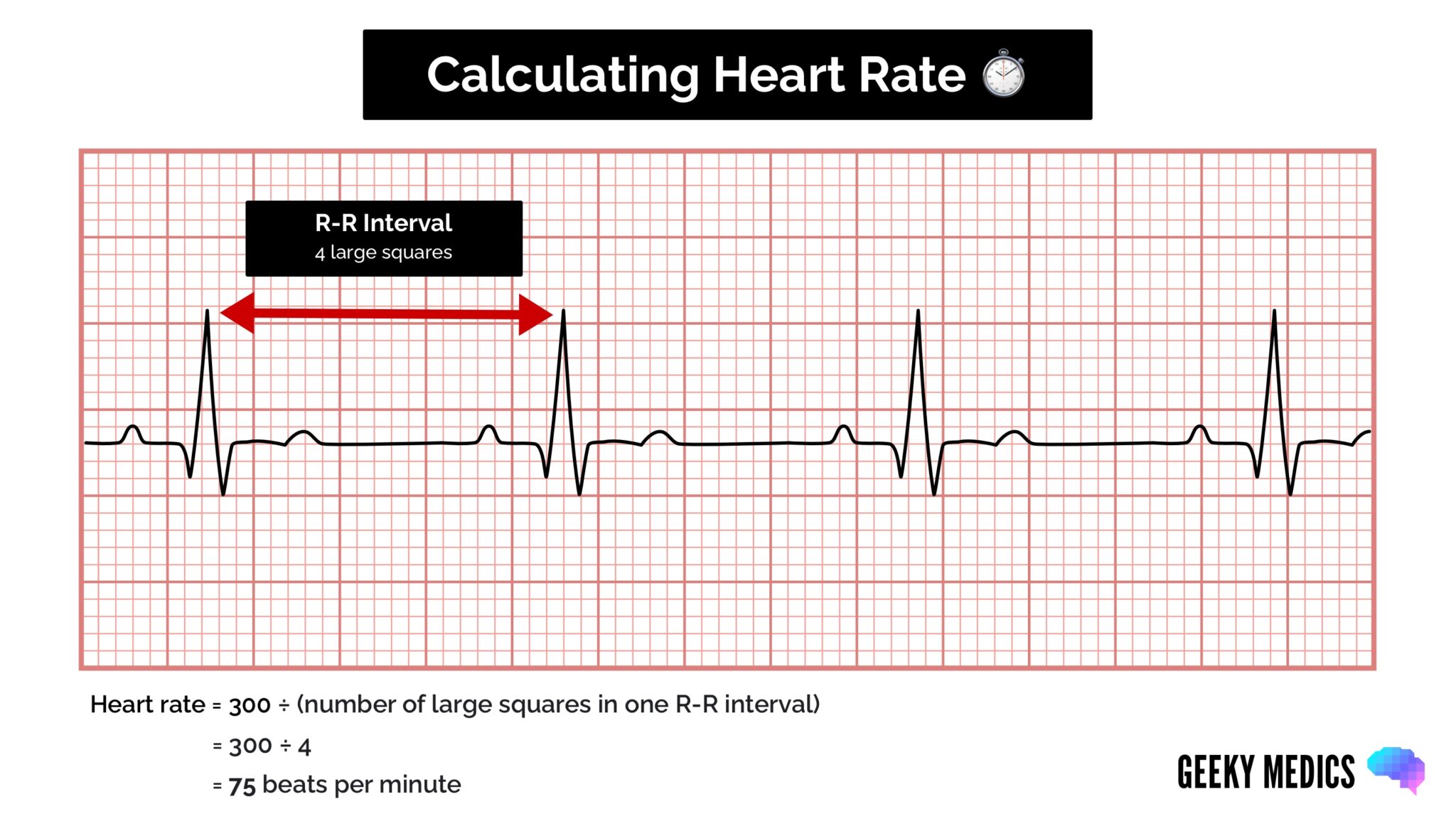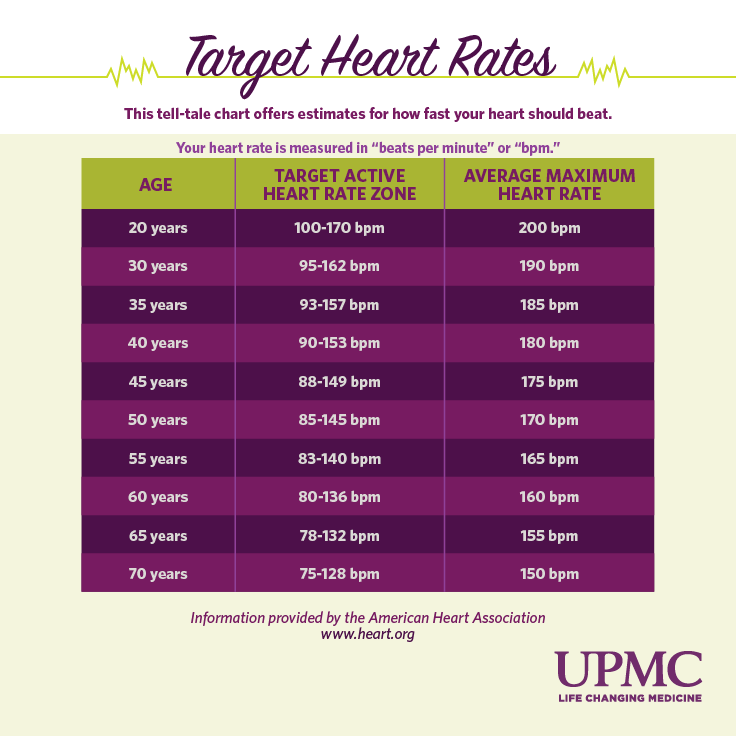Heart Beat In One Minute
The heart's electrical system
The atria and ventricles work together, alternately contracting and relaxing to pump blood through your heart. The electrical system of your heart is the power source that makes this possible.
An irregularity in heart rate is termed arrhythmia. Problems with your heart rate can occur when the electrical impulses in your heart function improperly, which can cause a fluctuating heart rate, according to MayoClinic.com. Arrhythmias are often harmless, but some arrhythmias can be life threatening so it is best to visit your doctor at the first sign of an irregular heartbeat. Heart Beat 1 HOUR with The Sound Of Human Heart with PulseFor to help you SleepListen to the soothing sounds of the Human heartbeat and focus on the rhythm.
A person's pulse, or heart rate, is the number of times the heart beats per minute. It will change depending on things like activity, stress, body temperature, medicines, and illness. You will need a stopwatch or a watch with a minute hand. Have your child relax without running, jumping, crying, etc. At rest, a normal heart beats around 50 to 99 times a minute. Exercise, emotions, fever and some medications can cause your heart to beat faster, sometimes to well over 100 beats per minute. Cleveland Clinic is a non-profit academic medical center. Advertising on our site helps support our mission.

Your heartbeat is triggered by electrical impulses that travel down a special pathway through your heart:
- SA node (sinoatrial node) – known as the heart’s natural pacemaker. The impulse starts in a small bundle of specialized cells located in the right atrium, called the SA node. The electrical activity spreads through the walls of the atria and causes them to contract. This forces blood into the ventricles. The SA node sets the rate and rhythm of your heartbeat. Normal heart rhythm is often called normal sinus rhythm because the SA (sinus) node fires regularly.
- AV node (atrioventricular node). The AV node is a cluster of cells in the center of the heart between the atria and ventricles, and acts like a gate that slows the electrical signal before it enters the ventricles. This delay gives the atria time to contract before the ventricles do.
- His-Purkinje Network. This pathway of fibers sends the impulse to the muscular walls of the ventricles and causes them to contract. This forces blood out of the heart to the lungs and body.
- The SA node fires another impulse and the cycle begins again.
At rest, a normal heart beats around 50 to 99 times a minute. Exercise, emotions, fever and some medications can cause your heart to beat faster, sometimes to well over 100 beats per minute.
How fast does the normal heart beat?
How fast the heart beats depends on the body's need for oxygen-rich blood. At rest, the SA node causes your heart to beat about 50 to 100 times each minute. During activity or excitement, your body needs more oxygen-rich blood; the heart rate rises to well over 100 beats per minute.
Medications and some medical conditions may affect how fast your heart-rate is at rest and with exercise.
How do you know how fast your heart is beating?
You can tell how fast your heart is beating (your heart rate) by feeling your pulse. Your heart-rate is the amount of times your heart beats in one minute.
You will need a watch with a second hand.
Place your index and middle finger of your hand on the inner wrist of the other arm, just below the base of the thumb.
You should feel a tapping or pulsing against your fingers.

Count the number of taps you feel in 10 seconds.
Multiply that number by 6 to find out your heart-rate for one minute:
Pulse in 10 seconds x 6 = __ beats per minute (your heart-rate)
When feeling your pulse, you can also tell if your heart rhythm is regular or not.

Normal Heart Beat
1. The SA node sets the rate and rhythm of your heartbeat.
2. The SA node fires an impulse. The impulse spreads through the walls of the right and left atria, causing them to contract. This forces blood into the ventricles.
3. The impulse travels to the AV node. Here, the impulse slows for a moment before going on to the ventricles.
4. The impulse travels through a pathway of fibers called the HIS-Purkinje network. This network sends the impulse into the ventricles and causes them to contract. This forces blood out of the heart to the lungs and body.
Normal Heart Beat In One Minute
5. The SA node fires another impulse. The cycle begins again.
